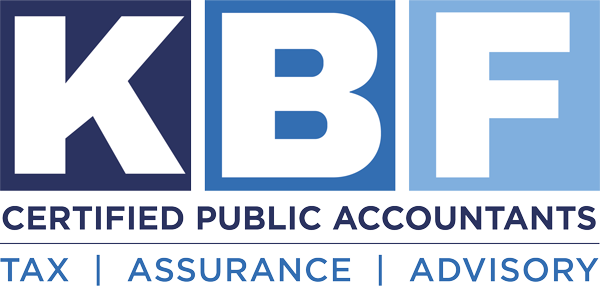OECD Releases BEPS 2.0 Blueprint

At the beginning of 2020, the Organization for Economic Co-operation and Development (OECD) expected to complete its global taxation transformation known as “BEPS 2.0” by the end of the year. However, with the COVID-19 pandemic and U.S. dissatisfaction with the direction of the initiative, negotiations stalled.
As the year draws to a close, the OECD is attempting to get the initiative back on track with the issuance of a “Blueprint” which fills in the details of its Two-Pillar approach to addressing its concerns over fairly imposing taxes on the digital economy. Pillar One addresses new global standards for nexus and profit allocation. Pillar Two, also referred to as the “GloBE” proposal, provides a mechanism for jurisdictions to “tax back” income that has not been taxed by the primary taxing authority or is subject to low levels of taxation. In essence, it provides a minimum tax on global profits similar to the Global Intangible Low-Taxed Income (GILTI) provisions under the U.S. Tax Cuts and Jobs Act of 2017.
The Blueprint is intended to provide a pathway for successful implementation of the pillars by mid-2021. However, achieving agreement on a comprehensive overhaul on global taxation between all 140 member countries collaborating on BEPS 2.0, referred to as the OECD Inclusive Framework (“IF”), is an ambitious effort fraught with nationalistic interests.
Current U.S. Position
Pillar One Blueprint: Digital Service Taxes as the Default
The Blueprint for Pillar One addresses the digitalization of businesses. Specifically, the Blueprint prescribes a formula for taxing profits related to “automated digital services,” which the IF refers to as Amount A, Amount B, and Amount C.
Amount A is a share of the residual profits that is unique to digital businesses and attempts to capture the value created through the reach of the business into markets where the business has no physical presence, including the value created by tracking the interactions with customers and among customers within the market. Amount B is a baseline measure of the routine returns on distribution or marketing functions that take place in the market. Amount C captures the value of any in-country functions that exceed the baseline activity compensated under Amount B. Amount A creates a new taxing right, but Amounts B and C do not create any new taxing rights and are based on existing nexus and transfer pricing profit allocation rules.
The recently released Blueprint aims to address many technical details, including:
- The dollar amount threshold of Amount A, including a possible “safe harbor” (which the U.S. has insisted upon);
- Determination of industries that are within the reach of Pillar One;
- Whether Amount A will be implemented solely for digital services, or if consumer-facing businesses with digital capabilities will also fall within the scope;
- The required amount of profit reallocation for Amount A, including whether digital services will enjoy a preferential dollar amount threshold;
- The amount of distribution or marketing profit for purposes of Amount B;
- Dispute resolution provisions for Amount A.
Pillar Two Blueprint: Taxing the GloBE
Implications
